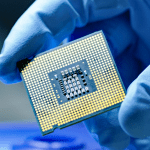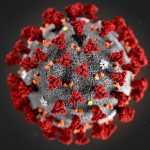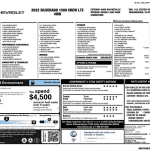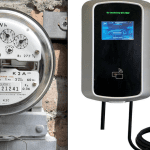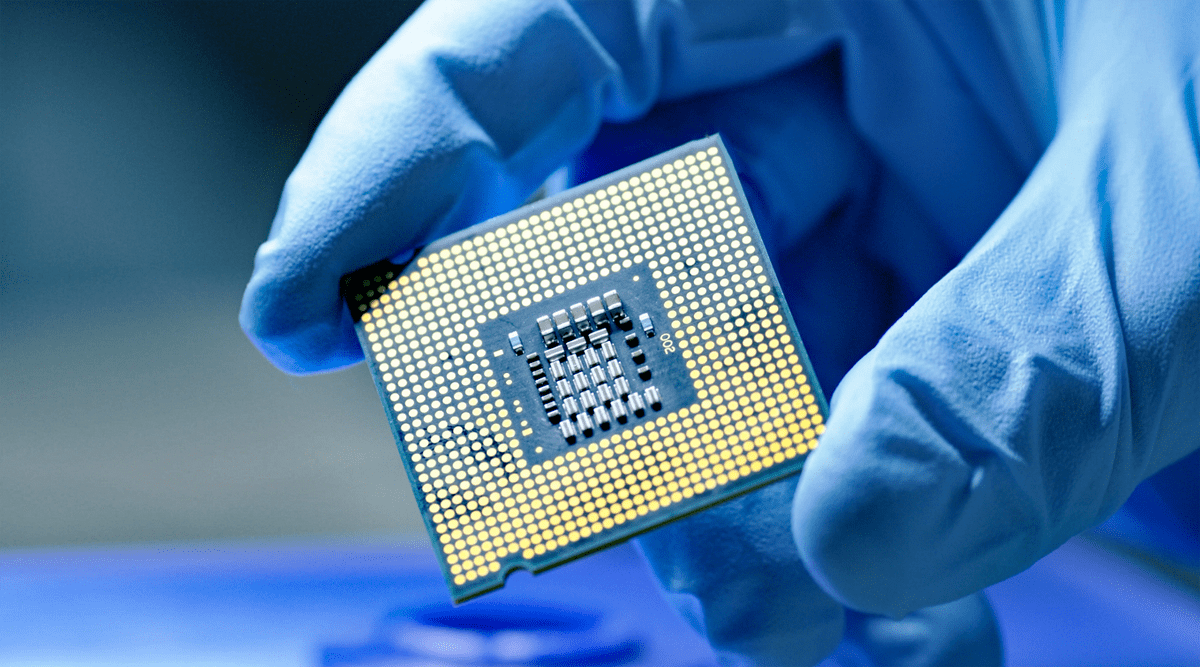
No one really knew what to make of the COVID shutdown. Consumers and workers were confused and inconvenienced, and the lack of clear next steps was arguably unsettling, even frightening. But as immersed in the events of the day as we were, there was little we could about the situation.
More COVID-19 news and commentary
COVID Cars
Overview
Business leaders, however, were in the unenviable position of making big decisions, quickly, in order to keep their operations as open and easy functioning as possible. And easy decisions were difficult to come by. Restaurants began to promote drive-thru and carryout options. Big entertainment companies either delayed the release of block-buster films or rushed to make them available via streaming services. Health clubs mostly shut down, as did amusement parks, for a while at least.

But dang, carmakers, had some tough decisions to make, and most gambled incorrectly. Prudently assuming that for a least a year or two–possibly longer–car sales were going to take a hit, car-company executives prepared for the expected volume decline by scaling back orders for parts–including microchips.
Now, unlike other car parts—tires and mufflers for example—there is a massive market for microchips outside of the auto world. And while the planet’s vehicle producers began to hunker down for the storm, a crazy thing happened…
Consumers didn’t stop buying cars, at least not to a significant degree. In fact, dealerships stepped up COVID-19 protocols, working hard to keep customers safe. Car shoppers never enjoyed more personal attention while looking for a new ride. But there was another problem…
Unlike the aforementioned mufflers and tires, for which production was simply scaled back, demand for microchips had exploded. Just as automakers were cancelling orders for microchips, computer makers were ramping up their purchases.
Street Scenes from the Pandemic
Microchip Shortage
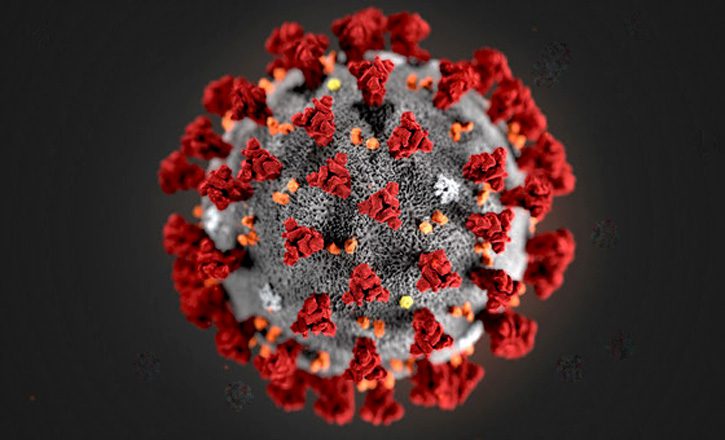
Unforeseen by many, was the immediate increase in demand for electronic office equipment as workers prepared to do their jobs remotely. Demand for PCs immediately surged 13 percent, and purchases of cell phones, monitors, and even Bluetooth speakers, increased commensurately. All these devices rely on microchips.
So, by the time auto builders realized that car demand was not going to decrease nearly as dramatically as originally anticipated, all of the surplus chip-making capacity—in the world—had been spoken for.
And as chip makers realized that the surge in demand for their product was temporary, they were not willing to commit capital to manufacturing expansion—a thing which would have taken months, if not years, to execute—leaving car makers in the lurch.
If you were paying attention, you may recall driving past dealerships with mostly empty lots. What product there was was being sold very quickly, so the on-the-ground inventory of new cars and trucks shrank to historic lows. A boon for dealers, as they needed to do little in terns of negotiating prices, as there was ready demand for any and every car they could acquire from the factory.
Can My Car’s Cabin Filtration System Stop the Coronavirus?
Price Gouging
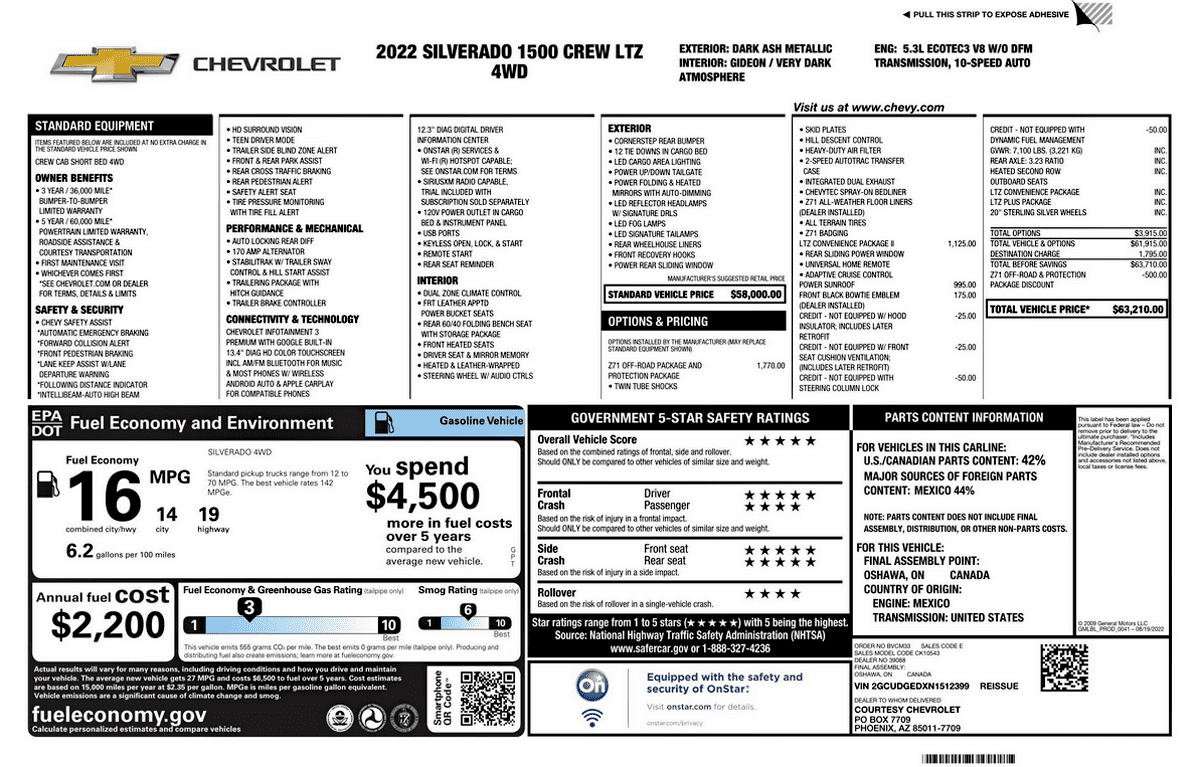
Demand helped push dealership per-unit profit from around $2000 per vehicle in 2018, to almost $6000 in 2021 and 2022. (Those numbers are down to around $4000 today, and slipping, as makers continue to ramp up post-COVID production.)
And while carmakers were delighted to be selling cars without expensive incentives, they began to worry about market share and lost sales. If cars and trucks were selling for list price and more, then certainly there was money to be made producing more cars, but how was that possible without an increased supply of microchips? The answer was simple: Use fewer microchips.
Beginning in 2022, Ford began selling versions of the popular midsize Explorer without rear-seat climate control. General Motors, likewise, sold its large pickups and SUVs without things like heated seats, and, distressingly, the maker’s fuel-saving cylinder-deactivation system.
While no clear estimate of how many total vehicles were built without key options and features is available, we do know that, three years or so after the fact, that these vehicles are beginning to show up as used cars on dealer lots—without any clear indicator to consumers that anything is missing.
We’ll repeat that: The used car you’re looking at may be missing stuff.
How to Negotiate the Best Deal on a New Car
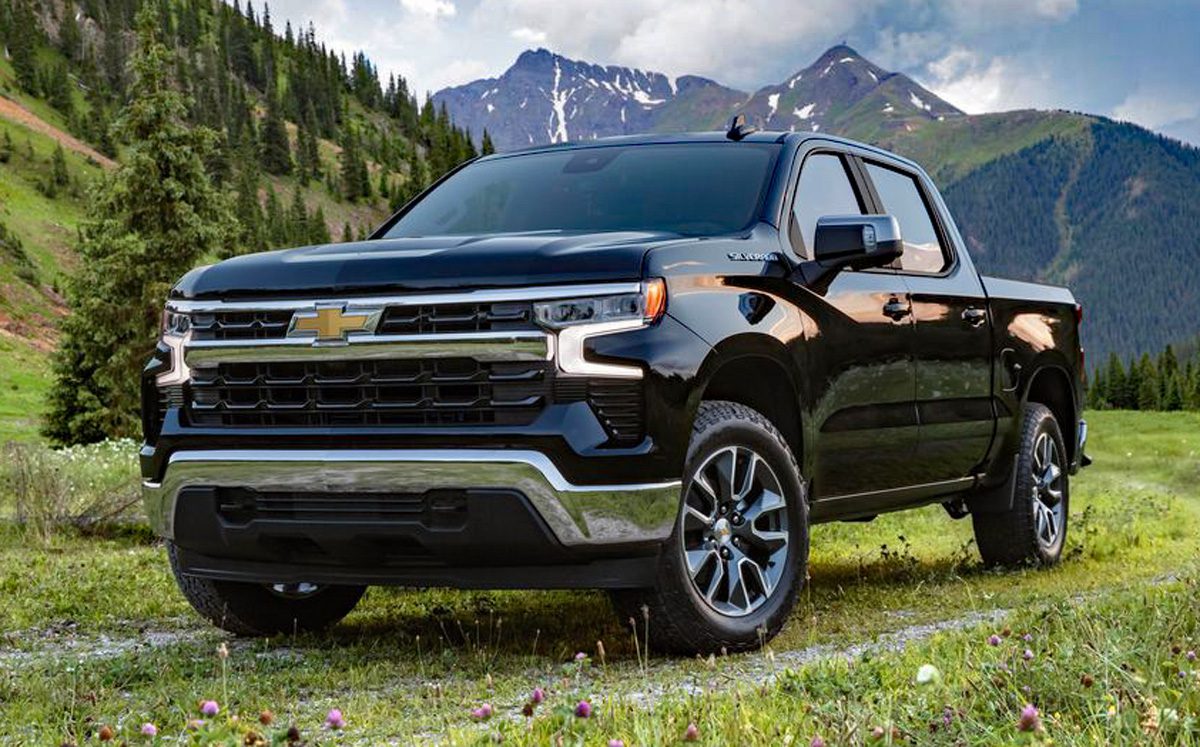
COVID Cars
I want to credit Automotive News reporter Larry Vellequette for being the first person I am aware of to use the term “COVID Car.” Quite simply, a COVID Car is a vehicle that was built without key features as a result of the COVID-related chip shortage—and those cars are showing up in the market place as used right now.
So how do you protect yourself?
Fortunately, it is possible to recreate any late-model car or truck’s original window sticker; a number of online companies provide this service. What we recommend is that, in addition to the CarFax report on the used vehicle you are considering, you also request a copy of the car’s Monroney Label (window sticker).
As a shopper, be wary of all vehicles built in model years 2021-2023, keeping an especially keen eye out for 2022 examples.
What if stuff is missing from the car?
Two things to consider:
First, some missing equipment was meant to be added at a later date. This will be made clear on the window sticker if this is the case. If the equipment has not yet been installed, you want to be sure to do so, or see if the dealer can do so.
COVID-Car Protection
Second, if the option of feature is missing, and cannot be replaced, decide how much you really care. At any rate, the deleted equipment should be considered when negotiation the price of the vehicle. And, if you determine that the missing feature will seriously impact your driving experience, feel free, without guilt, to move on to another used-car option.
Note that the Chevrolet Silverado window sticker shared here includes no less than three missing features. Note, too, that the credits for those options seem pretty stingy. You are free to negotiate whatever amount you feel appropriate off the price of your used car—don’t let the window-sticker credit limit your expectations.
The COVID era was tough on all of us, and it’s effects are lingering in an ongoing and curious matter in the auto world. Just beware that, though you may no longer be masking up, you can’t completely ignore that pandemic’s lasting effects.
Check out the Consumer Guide Car Stuff Podcast
COVID-Cars Pictures
(Click below for enlarged images)
Monroney Markup: A Look At Dealer Addendum Stickers (Gallery)

